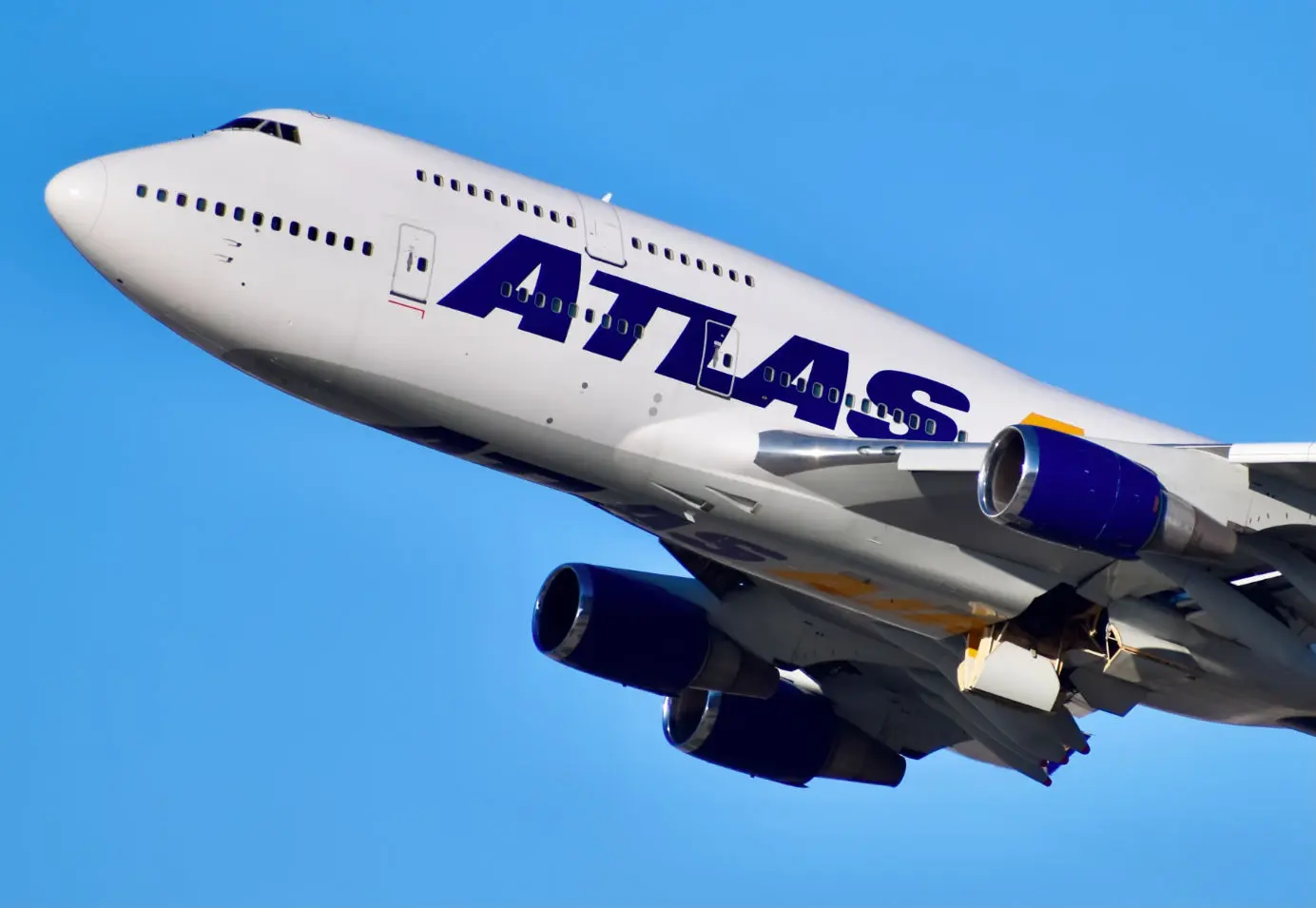
Why the Boeing 747 Retired
The retirement of the Boeing 747 was a result of several factors, including economic changes within the airline industry, advancements in technology, and a shift in consumer demand. Learn more about why this iconic aircraft was retired.
Table of Contents
When someone is asked to name an aircraft made by Boeing, the likelihood is that they will give the "747" as their answer. However, the iconic jet was discontinued in 2023. So, what are the reasons why the Boeing 747 retired?
One of the most iconic jumbo jets, the Boeing 747, was simply not viable for the future of aviation travel today, with most airlines and airplane manufacturers opting for smaller, more efficient twin-engined designs. As a result, popularity began to wane, and Boeing announced that production would cease by 2023.
Keep reading to learn more about this iconic aircraft and why Boeing 747 retired.
The History of the Boeing 747
The 747 was created in the late 1960s over only 28 months by some 20,000 Boeing personnel. Known as "the Incredibles," this team worked on the technology previously reserved for Boeing's proposal for the CX-Heavy Logistics System military transport plane (which ultimately led to the Lockheed C-5 Galaxy). Instead, their efforts were directed to create the largest passenger plane the world had ever seen. The result was the Boeing 747-100, the first of several variants.
Thanks to her large size and graceful appearance, the 747 quickly became "the queen of the skies." She was first shown to the public on September 30, 1968, and made her very first commercial flight on January 22, 1970.
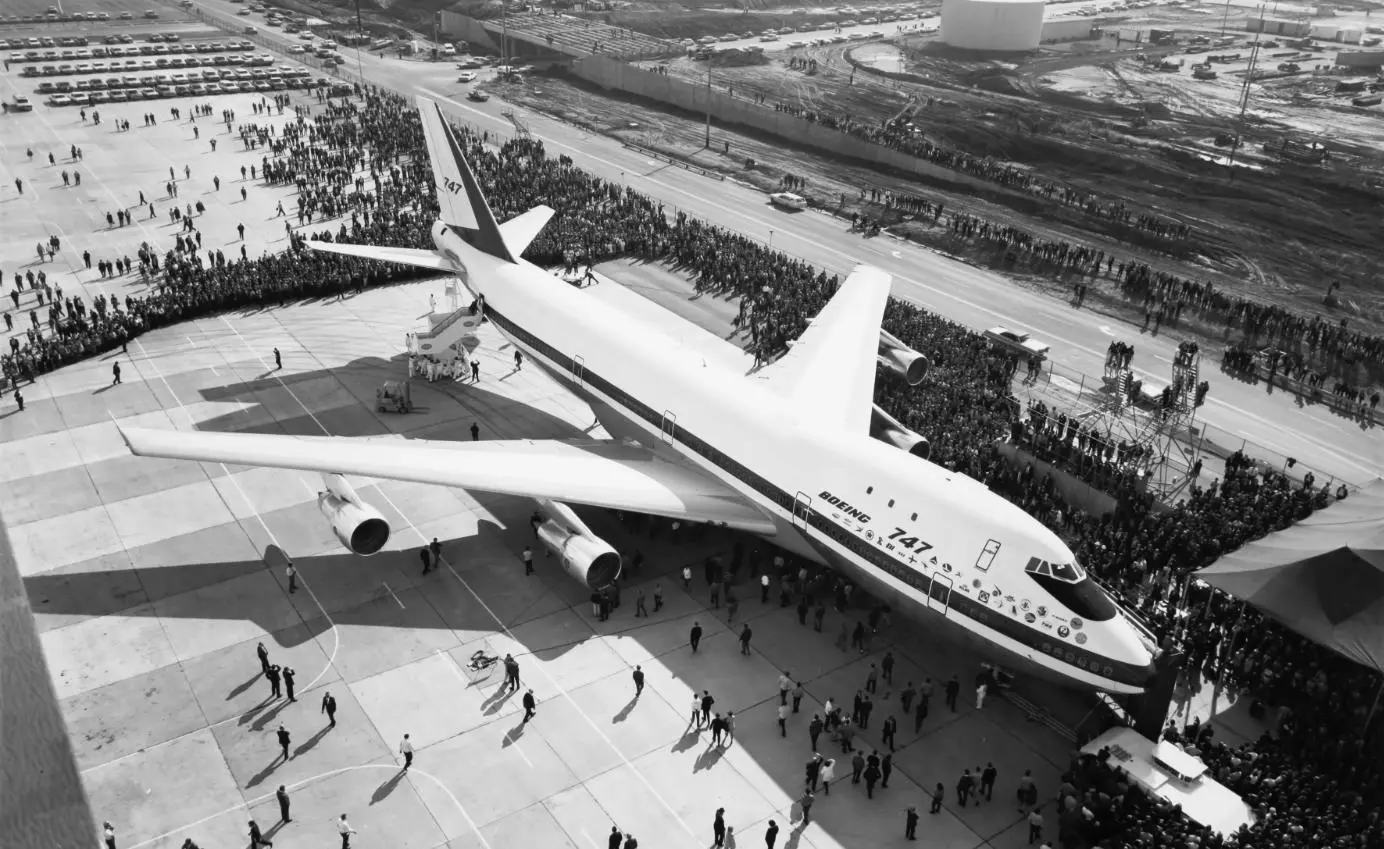
With four engines and capable of carrying 366 passengers (the 747-100 variant) in a typical three-class configuration, the first Boeing 747 revolutionized long-haul flights, making them accessible and affordable to a larger market. In addition, later cargo conversions and dedicated freighter variants opened up possibilities for freight operations worldwide.
Some of the most notable ways in which the Boeing 747 has been used is as the transport for NASA's space shuttles, as well as being the base aircraft for the iconic aircraft of the President of the United States, Air Force One.
The End of an Era
Over the coming years since its first flight, Boeing would release further variants of the 747, including the 100, 200, 400, and 8-series of passenger and freight 747 aircraft. However, time would catch up with the 4-engined aircraft, as better, more efficient 2-engined aircraft became much more popular with commercial airlines, including Boeing's own 777 and 787 airliners.
747s became too costly to run, and gradually they only started to see use as cargo planes rather than commercial airliners. This was partly due to the 747's four engines, which consume more fuel and are more expensive to maintain than two engines. Airlines started to prefer narrow-bodied, two-engined aircraft for mid-range and long-haul flights. The cost and maintenance requirements of operating a Boeing 747 were becoming too heavy a burden to be economically viable.
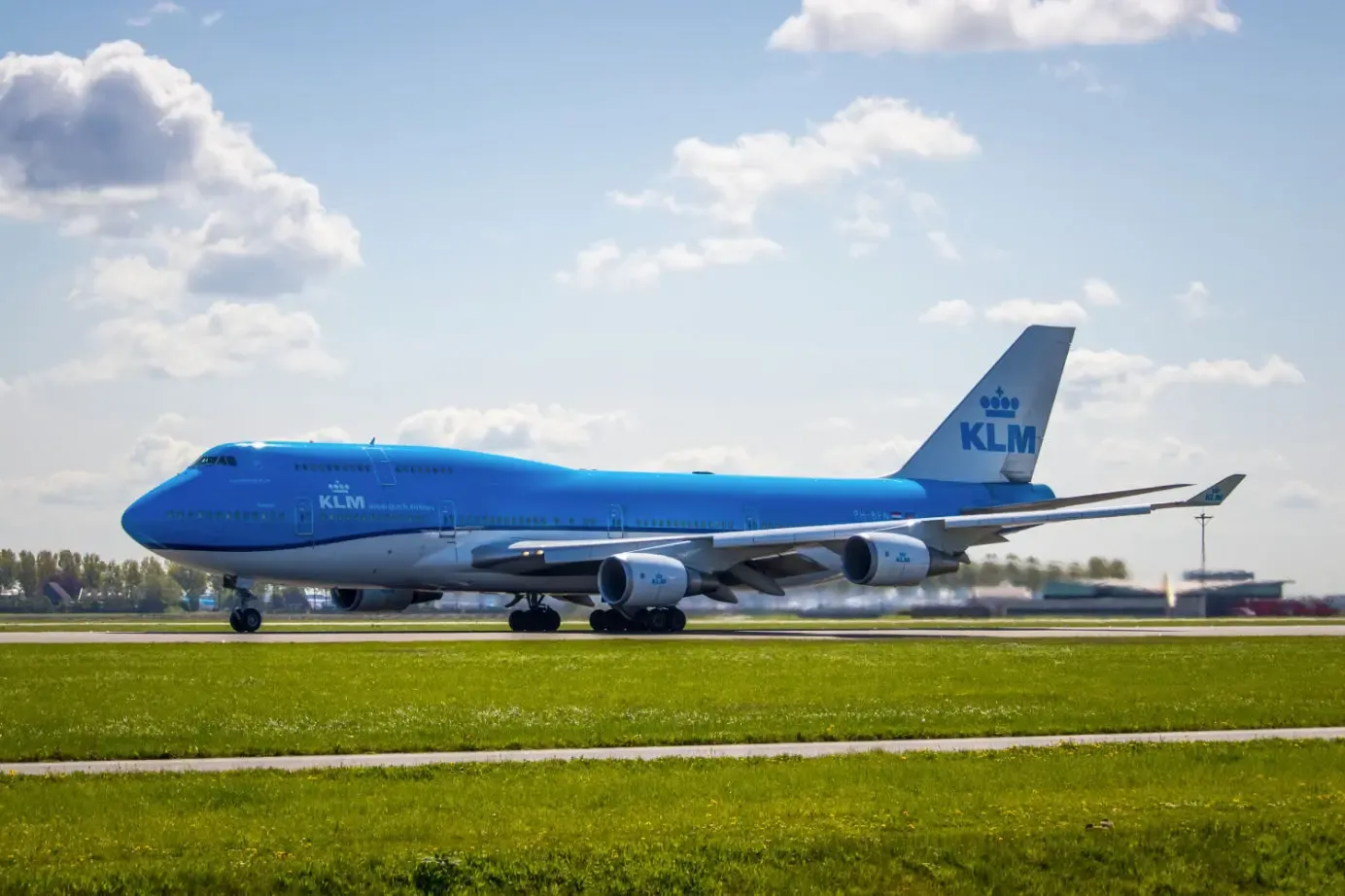
A reduction in long-haul flights and the COVID-19 pandemic served to further hammer the nail into the coffin of why the Boeing 747 retired.
As a result of these disadvantages and challenges faced by the Boeing 747, demand for the aircraft declined. In July 2020, an announcement was made by Boeing that production would cease for good in 2022. By this point, the company was only producing six 747s per year as demand dwindled, leaving its iconic manufacturing plant in Everett, Washington, eerily quiet.
In 2022 when production ended, Boeing had delivered just five 747s that year. In 1990 when the production rate peaked, Boeing delivered 70 747s.
The Last Planes
Throughout the production span of the Boeing 747, the company produced over 1500 of them, the first wide-bodied aircraft to reach this milestone in the world. The 1500th 747 plane went to the German airliner Lufthansa in 2014.
However, the final plane rolled out of the production line on December 6, 2022. The 1574th Boeing 747 produced was destined for use as a cargo plane for Atlas Air, a company offering passenger and freight airplanes to other companies.
Final Celebrations
Just like when it first launched, the very last 747 to roll off the production line was met with fanfare and applause to mark the end of this aviation era. Many people turned up to watch the last first flight of the 747, including members of the "Incredibles" who helped bring the plane to life all those years ago.
An Aviation Masterpiece
When the final plane, with its registration number of N863GT, took off, it also paid homage to the "Queen of the Skies" in its flight plan.
During its journey from the manufacturing plant in Everett to Cincinnati, the Atlas Air 747 decided to create a unique piece of sky art over eastern Washington by drawing a crown and the number "747."
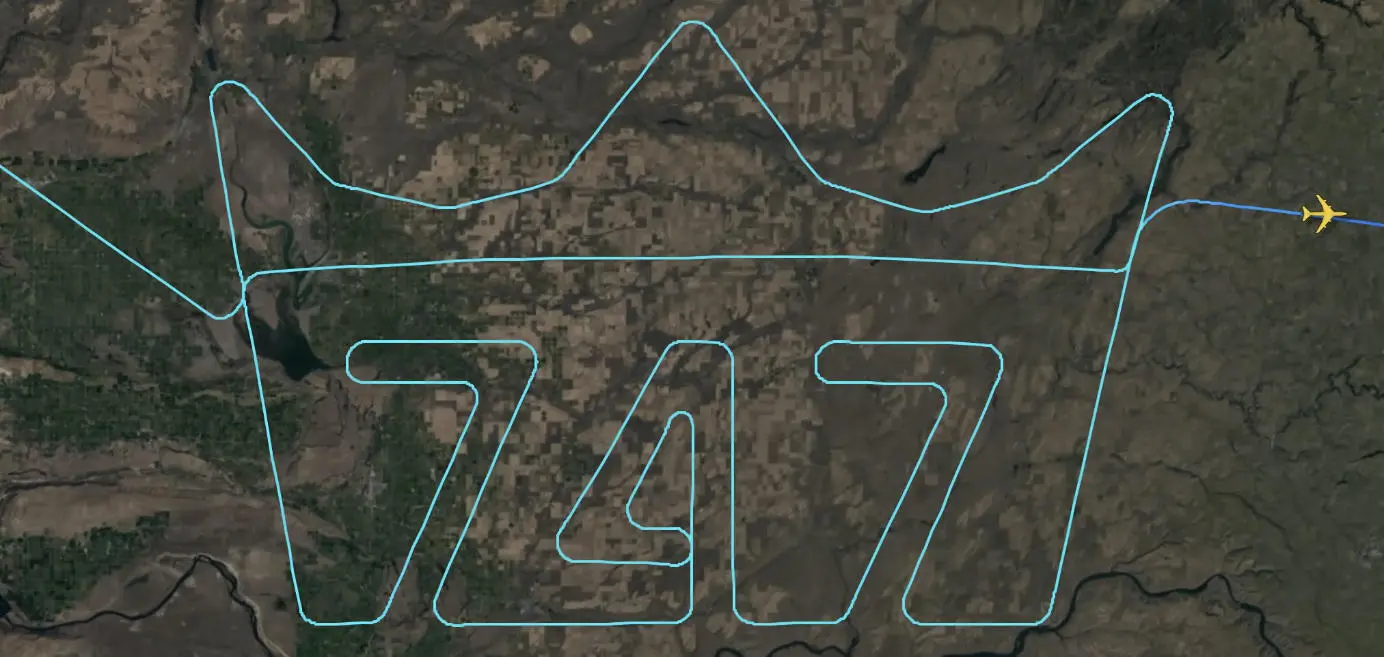
This impressive artwork needed 39 different waypoints spread over an area of 152 kilometers in width and 95.8 kilometers in height. It was completed over a period of 2 hours and 35 minutes at an altitude of 12,775 feet.
The Legacy of the 747
Although no more Boeing 747s are being made, it is unlikely that the aircraft will disappear from our skies any time soon. Both the passenger and cargo versions of the Boeing 747 will continue to fly for many years to come.
However, there is likely to continue to be a very high-profile 747 still gracing the skies in the form of Air Force One. The "Queen of the Skies" will continue to live a bit longer.
Also read:
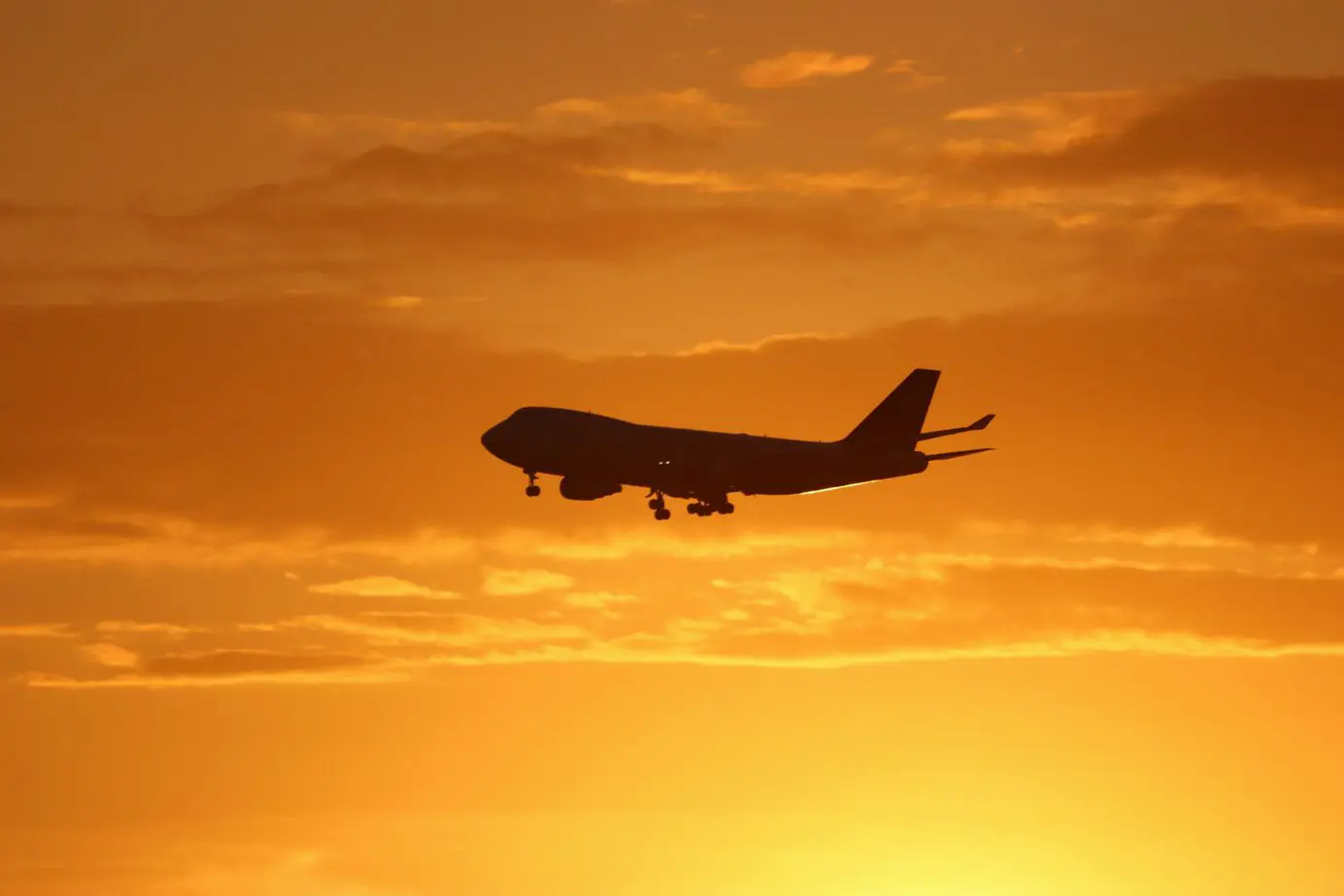

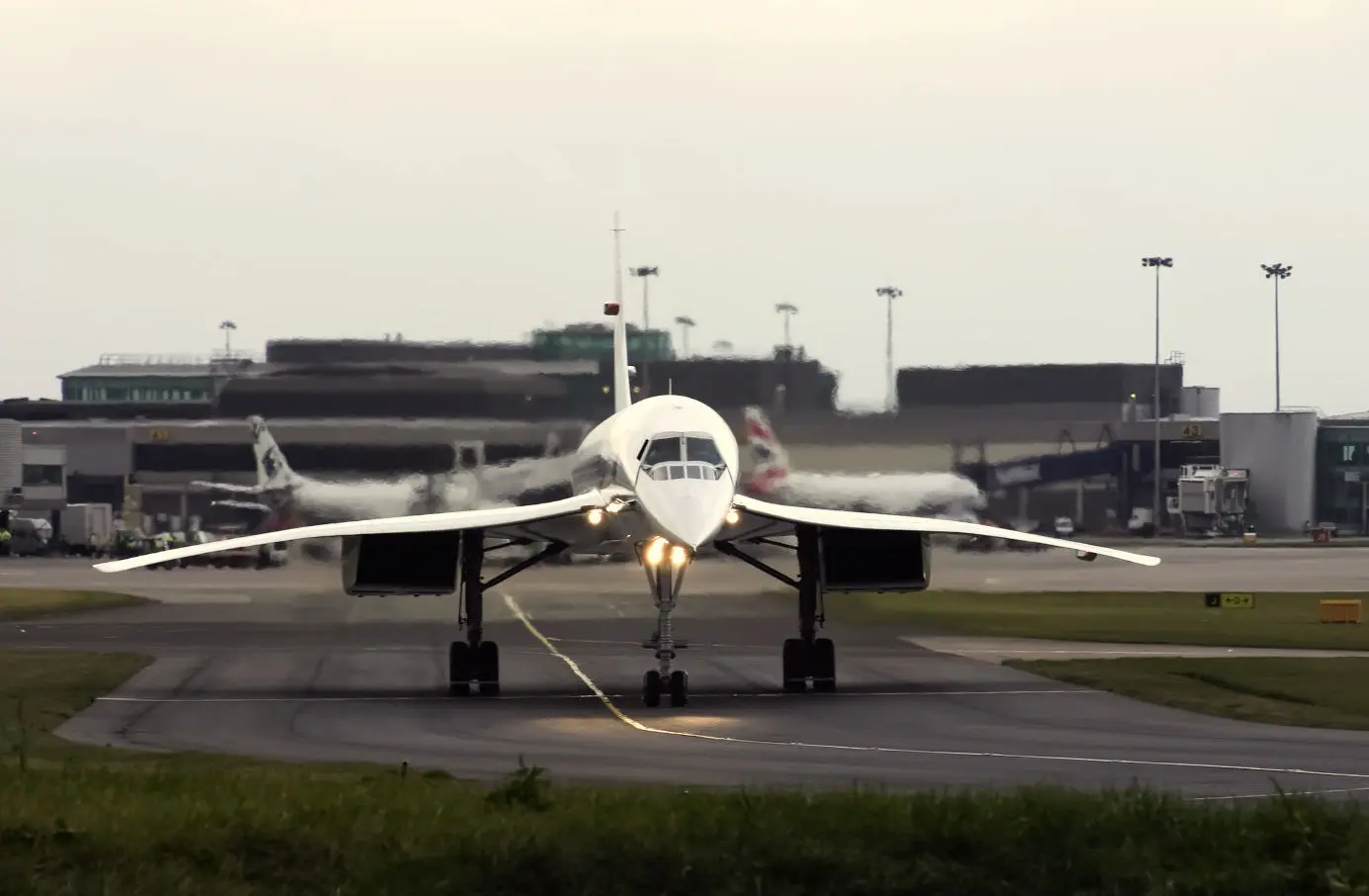
Planenerd Newsletter
Join the newsletter to receive the latest updates in your inbox.







